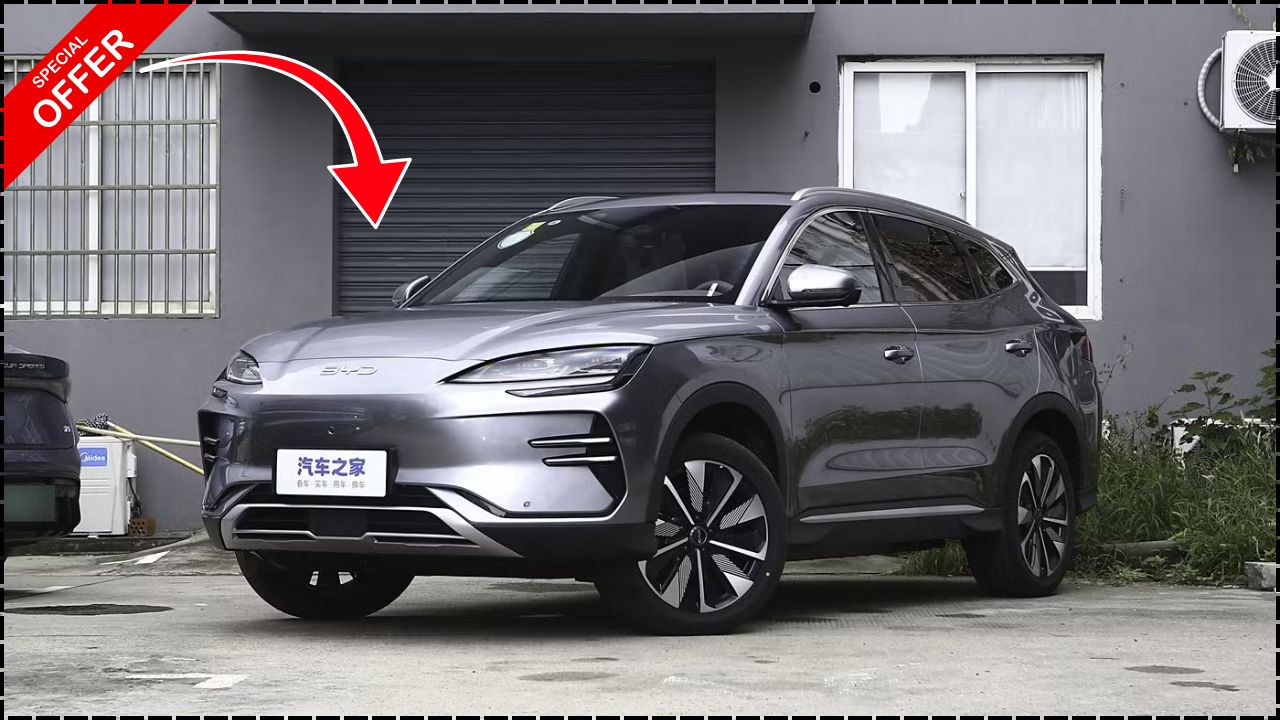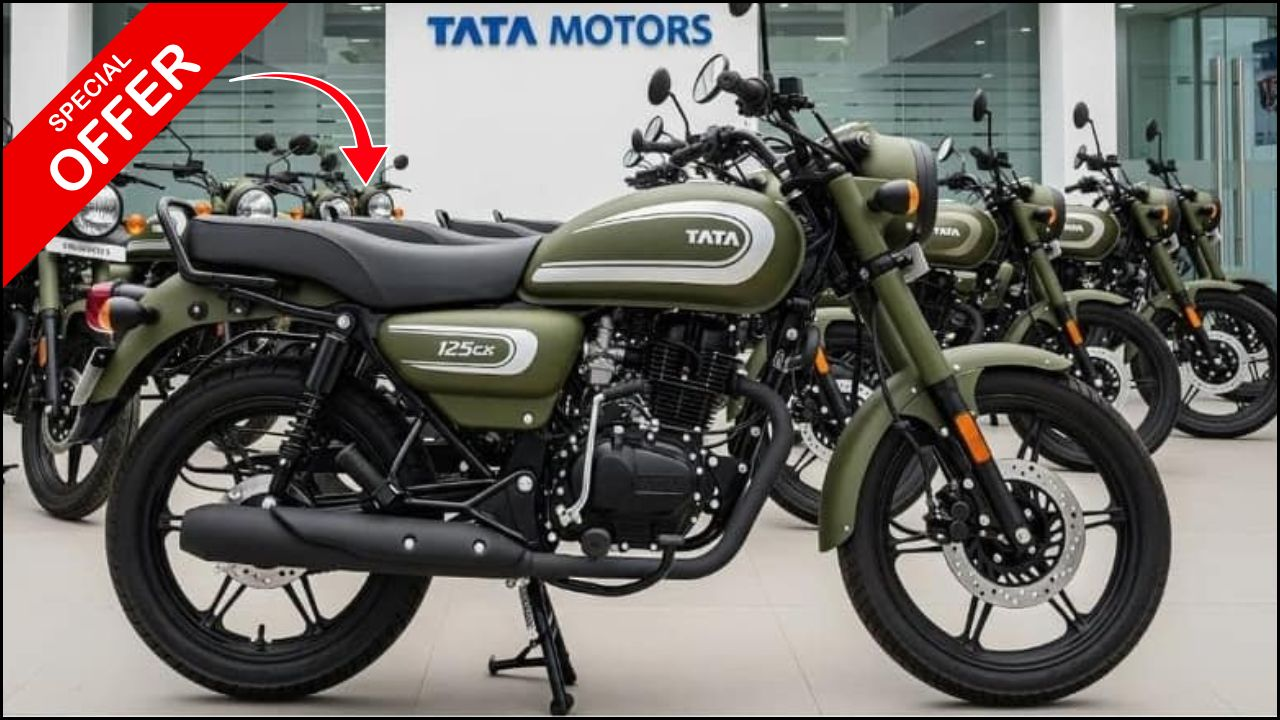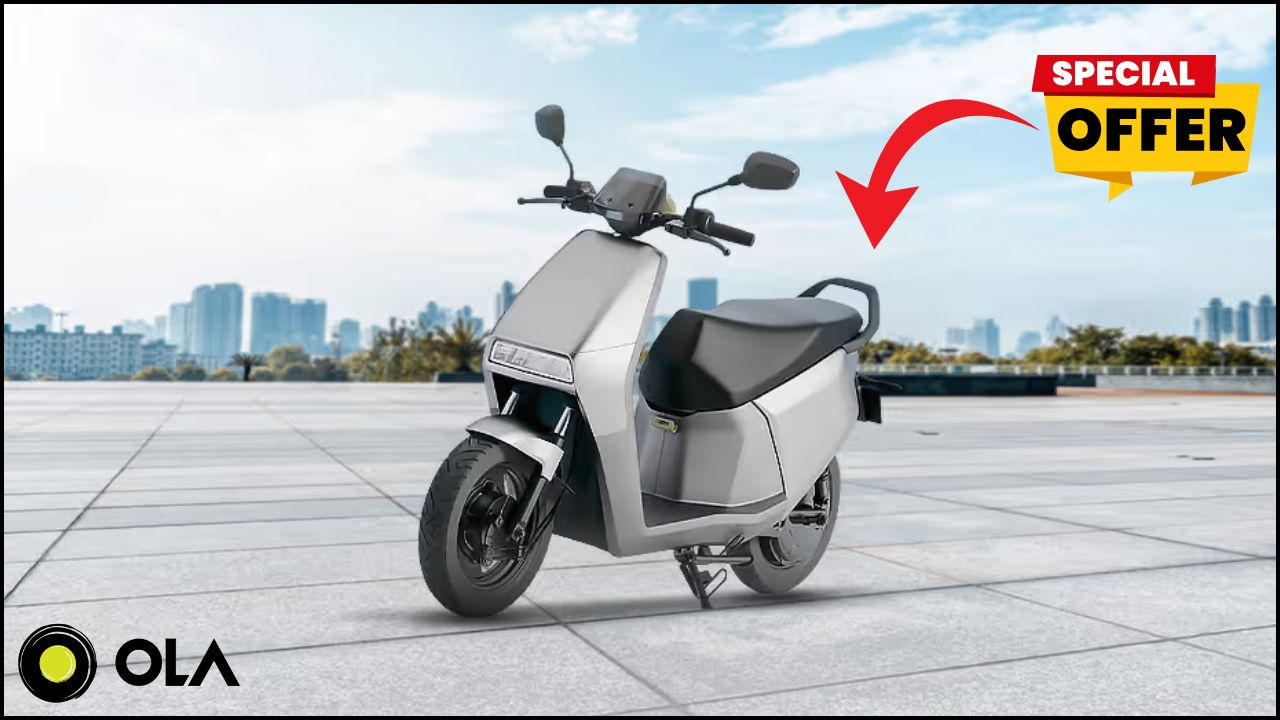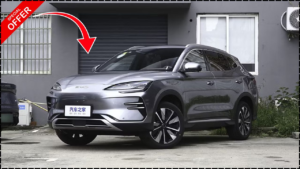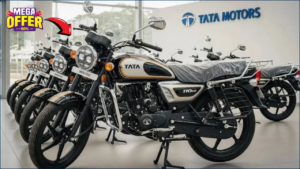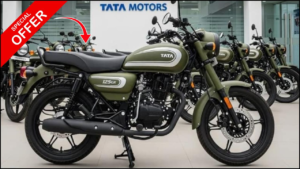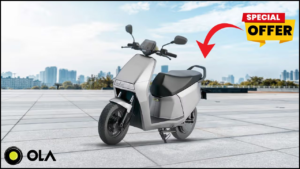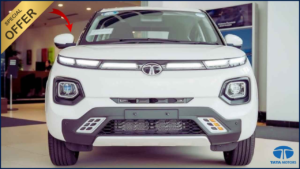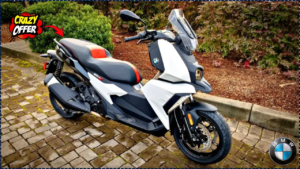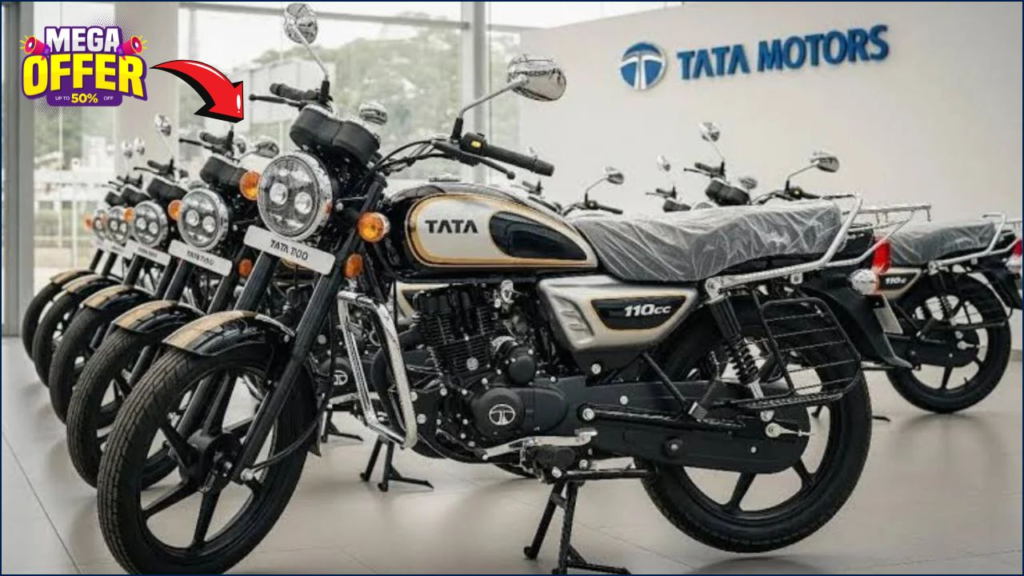
Tata Motors’ 110cc bike, reportedly priced at ₹45,999, has stirred the Indian two-wheeler market with promises of affordability and efficiency. If confirmed, the company’s return to motorcycles could reshape a segment long dominated by Hero, Bajaj, and TVS.
Tata’s Return to the Two-Wheeler Arena
Tata Motors has not been an active player in the motorcycle segment for more than two decades. The company’s previous forays—through limited collaborations and experimental scooters—never reached scale. However, Tata’s reputation for robust engineering and cost-efficiency in cars and commercial vehicles continues to command respect.
According to industry insiders, the new Tata 110cc bike aligns with the firm’s broader vision to strengthen its “last-mile mobility” portfolio. This strategy, which includes affordable electric vehicles and compact commercial carriers, aims to bridge the gap between cost, performance, and sustainability.
The Model and Its Market Ambition
Preliminary reports indicate that Tata’s 110cc motorcycle will be a lightweight commuter bike with a focus on mileage, reliability, and minimal maintenance. Positioned in the entry-level category, the model is likely to target young professionals, delivery riders, and rural users seeking dependable daily transport.
Design elements are expected to include a semi-digital instrument cluster, LED lighting, alloy wheels, and a fuel-efficient air-cooled engine. The company is also rumoured to be exploring a flex-fuel or mild-hybrid variant in the future, reflecting India’s growing emphasis on greener mobility.
The ₹45,999 Price: Reality or Rumour?
The suggested ex-showroom price of ₹45,999 has become the headline figure—but analysts remain cautious. Competing 110cc bikes such as the Hero Splendor Plus (₹72,000), Bajaj Platina 110 (₹69,000), and TVS Radeon (₹70,000) occupy a higher price band.
Dr Anya Sharma, an automotive cost engineer, notes: “Even with aggressive localisation, a ₹45,999 price would challenge existing cost structures. BS6 emission equipment, mandatory safety components, and commodity inflation make sub-₹50,000 motorcycles rare today.”
Some observers believe the figure might represent an introductory price or a dealer-level promotional estimate. Tata Motors has yet to issue an official statement confirming specifications, launch date, or pricing, leaving much of the speculation unresolved.
Competitive Landscape and Market Dynamics
India’s two-wheeler market is the largest in the world, selling over 15 million units annually. The 100–125cc segment forms its backbone, catering to value-driven buyers. Hero MotoCorp alone commands nearly half the share in this category, thanks to its long-running Splendor series.
If Tata can deliver strong mileage and durability while undercutting competitors, it could disrupt established dynamics. Analysts also suggest that Tata may leverage its extensive dealership and service network, especially in semi-urban regions, to offer bundled maintenance packages—an advantage new entrants often lack.
Yet, brand recall among motorcycle buyers may take time. Unlike in passenger cars, Tata’s motorcycle heritage is limited, meaning the company will need strategic marketing to win consumer trust.
Economic and Social Significance
Affordable motorcycles are more than a convenience in India—they are a social and economic necessity. For millions of daily wage earners, delivery agents, and small business owners, a two-wheeler is the primary mode of transport.
“Every thousand rupees saved on a vehicle purchase can directly impact monthly budgets,” explains Suresh Iyer, an auto dealer from Nashik. “If Tata brings a reliable 110cc bike at ₹45,999, it could open access for lower-income families who otherwise rely on used vehicles.”
Rural mobility programs sponsored by state governments could also benefit if Tata offers fleet partnerships or financing schemes for self-employed riders.
Technology and Sustainability Perspective
While the commuter segment is largely petrol-based, India’s long-term transport policy encourages the adoption of hybrid and electric options. Tata Motors already leads the domestic electric-car market with models like the Nexon EV and Tiago EV.
If the company can adapt its expertise to develop a future electric or hybrid 110cc bike, it may pre-empt the transition expected within the next decade. A scalable motorcycle platform could help Tata gradually shift towards low-emission two-wheelers while meeting Bharat Stage VII (BS7) norms anticipated later in the 2020s.
Consumer Precautions and Expectations
For potential buyers, experts advise patience and due diligence. Before purchasing, they should:
- Verify official price lists once released.
- Confirm whether the ₹45,999 figure covers only the base model or includes on-road costs.
- Ensure after-sales infrastructure—spare parts, trained mechanics, and warranty centres—exists in their region.
- Review early user feedback and fuel-efficiency tests from independent reviewers.
“New entrants often face initial supply-chain or service challenges,” says Neha Gupta, a consumer rights advocate. “Buyers should prioritise reliability and service support over a marginally lower price.”
Industry Reaction
While Tata’s official stance remains reserved, competing manufacturers have taken note. A senior executive at a rival firm, speaking on condition of anonymity, remarked that “a Tata entry will increase price discipline and spur innovation in basic motorcycles.”
Market researchers at Motorrad Insights, a Delhi-based consultancy, project that a competitively priced Tata 110cc model could capture 5–7 percent of the commuter segment within two years—provided the rollout is nationwide and supported by strong financing options.
Outlook for India’s Two-Wheeler Future
India’s two-wheeler landscape is evolving. Rising fuel prices, stricter environmental norms, and changing consumer expectations are pressuring manufacturers to innovate while keeping prices stable.
If Tata Motors can combine cost-efficiency with reliability, it might replicate the disruptive impact of the Tata Nano—but this time on two wheels. Even if the ₹45,999 price turns out to be symbolic rather than exact, the move signals a broader shift toward affordable, home-grown mobility for millions of Indians.
Conclusion
Tata Motors’ proposed 110cc bike at ₹45,999 represents both ambition and risk. If realised, it could democratise mobility for millions while forcing established brands to rethink pricing. If not, it remains a reminder of India’s persistent demand for affordable transport.
Either way, Tata’s potential re-entry into the motorcycle market underlines a truth the industry cannot ignore—the future of Indian mobility will be defined not only by technology, but by accessibility.


